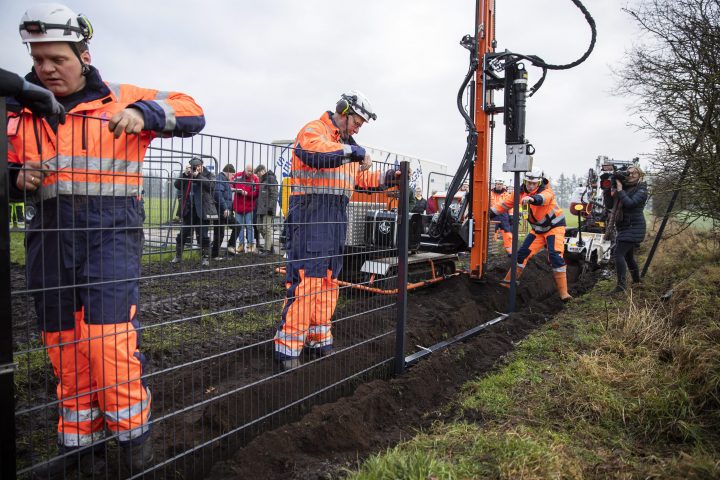Never turn your back on 30 to 50 feral hogs — especially if they’re from Canada.

Wildlife officials in Montana are warning farmers to be on the lookout for an “invasion” of wild pigs from Saskatchewan and Alberta amid concerns that the porcine pests will spread diseases to local livestock and tear up farmland.
Feral hogs are encroaching on the state’s northern border, an official with the U.S. Department of Agriculture’s Wildlife Services division told the Daily Inter Lake on Sunday. He said eight mature pigs were spotted on the edge of Canadian territory this summer, just over the line from Lincoln County, Mont.
Wildlife Services, the Montana Invasive Species Council, the National Feral Swine Program and Montana Fish, Wildlife and Parks say the pigs could do widespread damage.
“Multiple people say that if we were to design an invasive species that would do the most widespread damage, feral swine aren’t too far off from being the perfect specimen,” Dale Nolte, manager of the United States’ National Feral Swine Program, told the Daily Inter Lake. “It would be a disaster.”
Wild pigs are highly intelligent and will eat just about anything. They’re also a growing problem in some parts of the world, including Canada.

Get daily National news
A recent study from the University of Saskatchewan described wild pigs as an “ecological train wreck” for the Canadian Prairies. The study points out that pigs are not native to the area, and there are no natural predators to keep them under control.
“They’re generalists, which means they can live anywhere,” researcher Ruth Aschim told Global News in May. “They’re omnivores, which means they can eat anything, and their reproduction rates are very high.”
The invasive animals are a mix of wild boar and domestic pigs that roam the Prairies in groups. They prey on small animals, both in the wild and on domestic farms. They’ve also been known to spread diseases to domestic pigs meant for human consumption.
Aschim’s research shows the pigs know no borders, as they can range over 750,000 square kilometres.
Wild boars have also become a problem in places like Hong Kong and Europe.
Denmark took a page out of U.S. President Donald Trump‘s book earlier this year when the country built a border wall — to keep pigs out of Germany.
However, the wall was a far cry from Trump’s proposed plan for the U.S.-Mexico border — it was a 70-kilometre-long fence standing about 1.5 metres high.
— With files from the Associated Press and Brittney Matejka









Comments